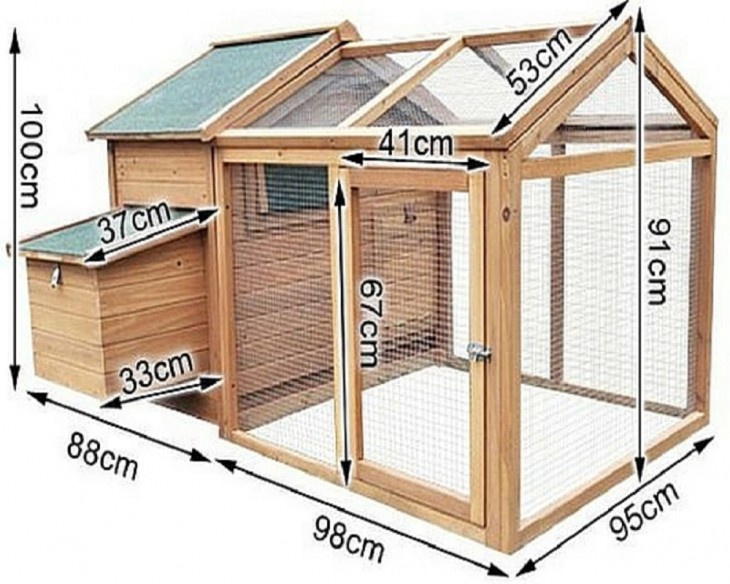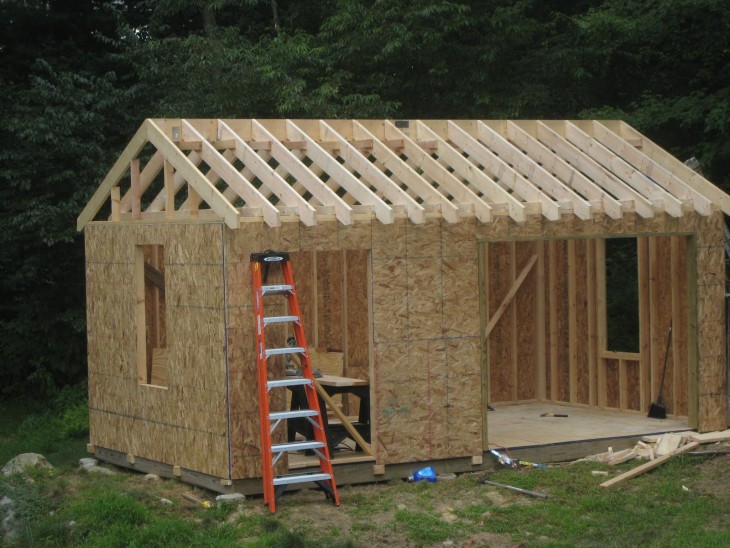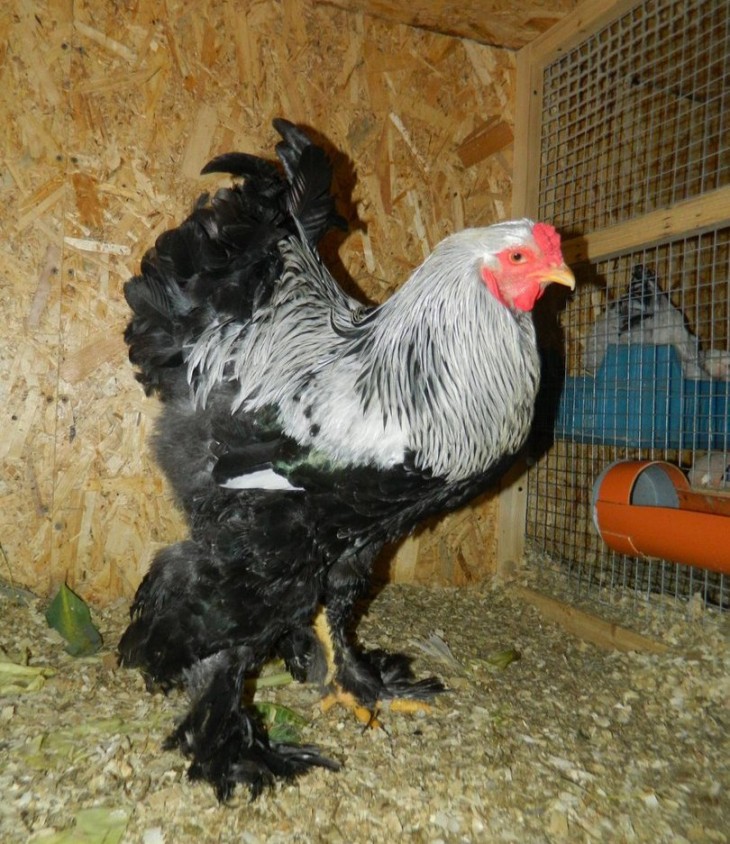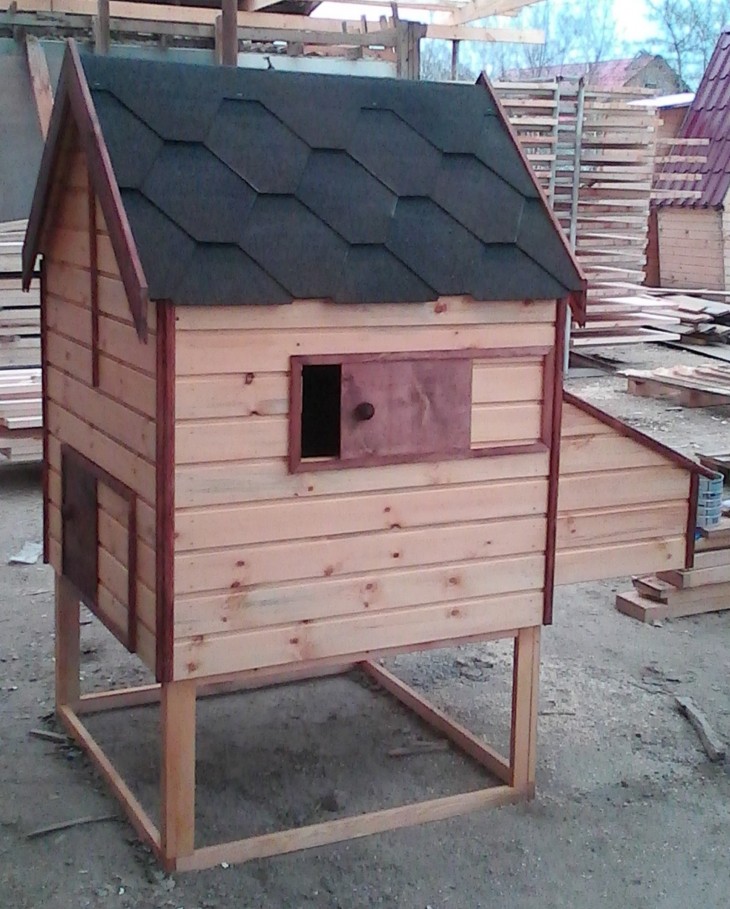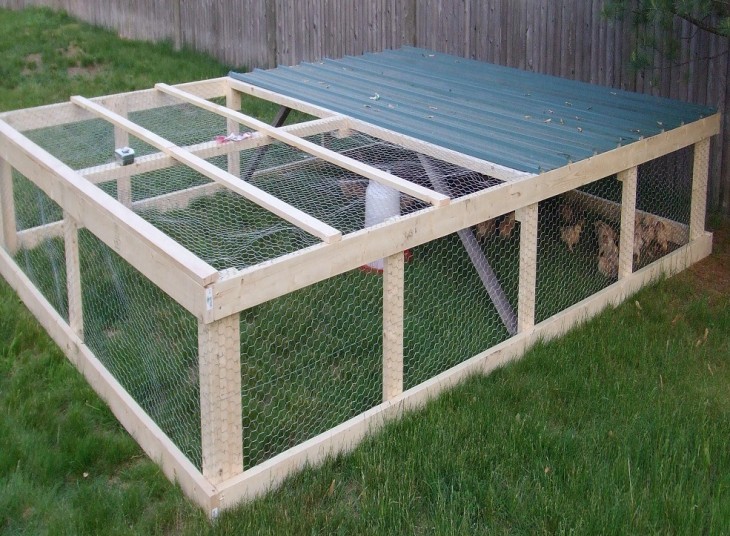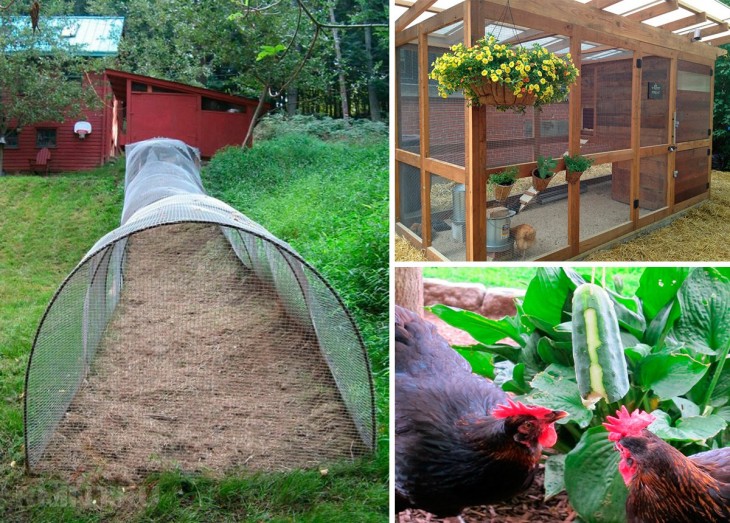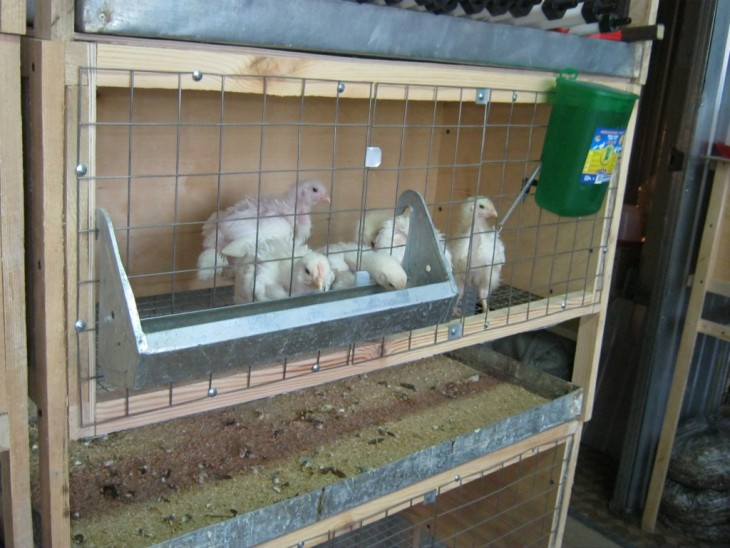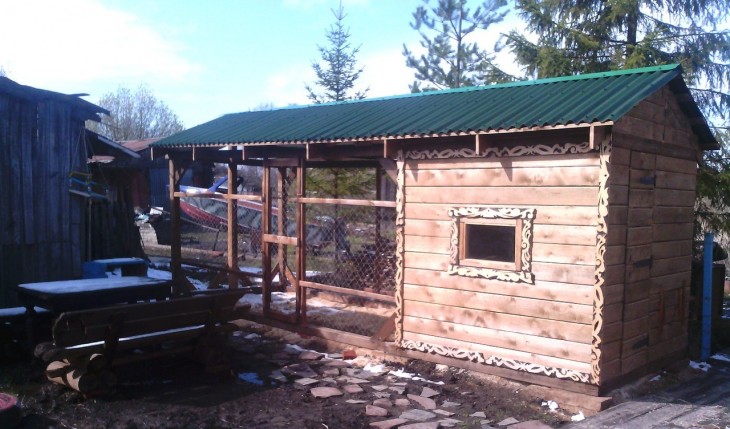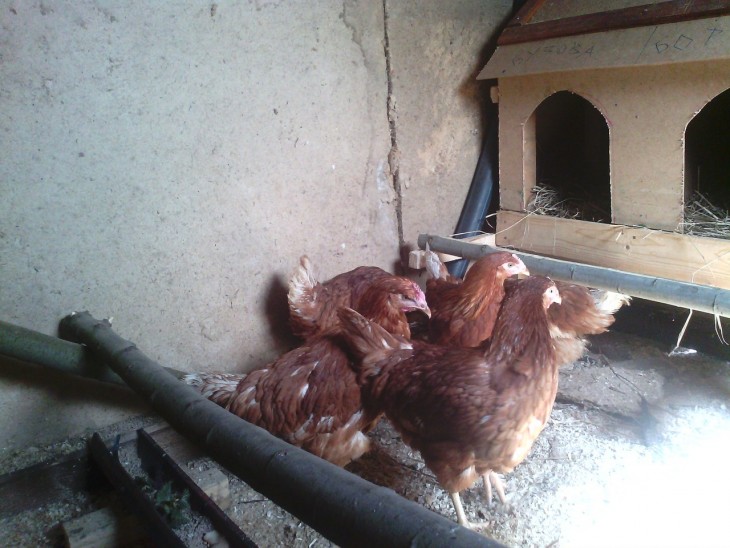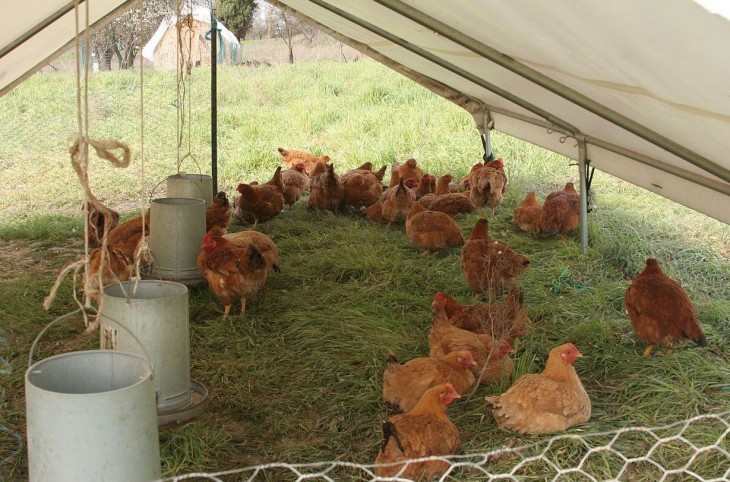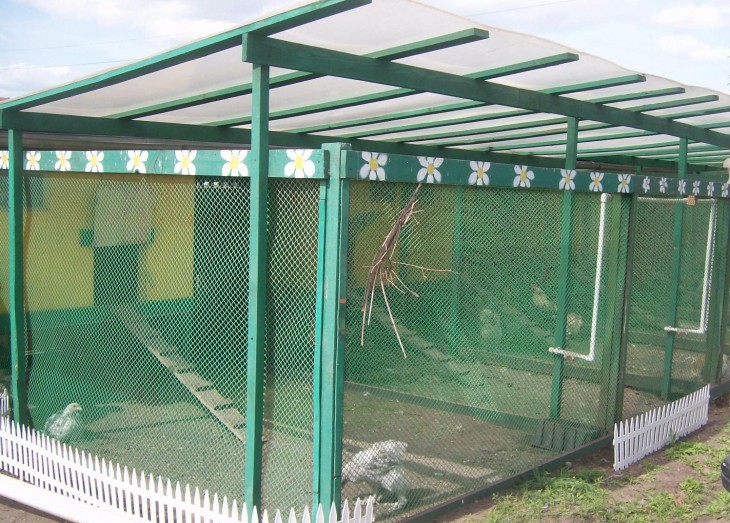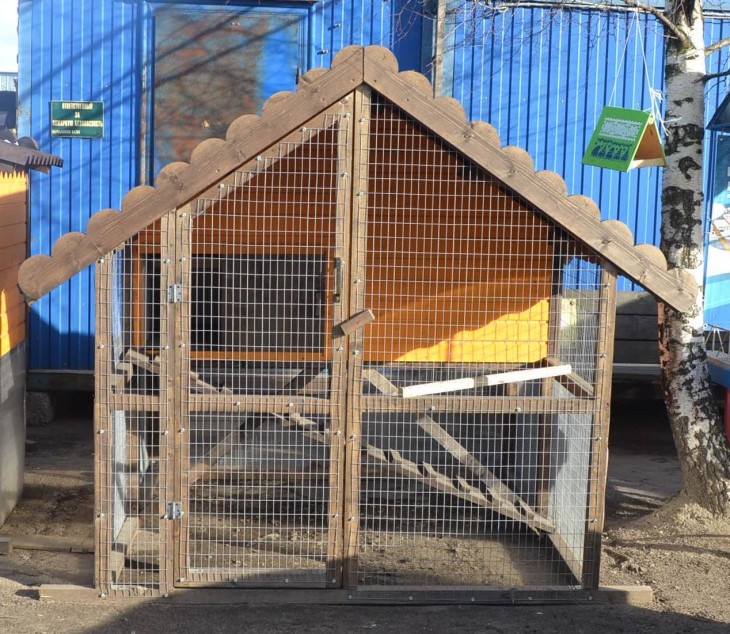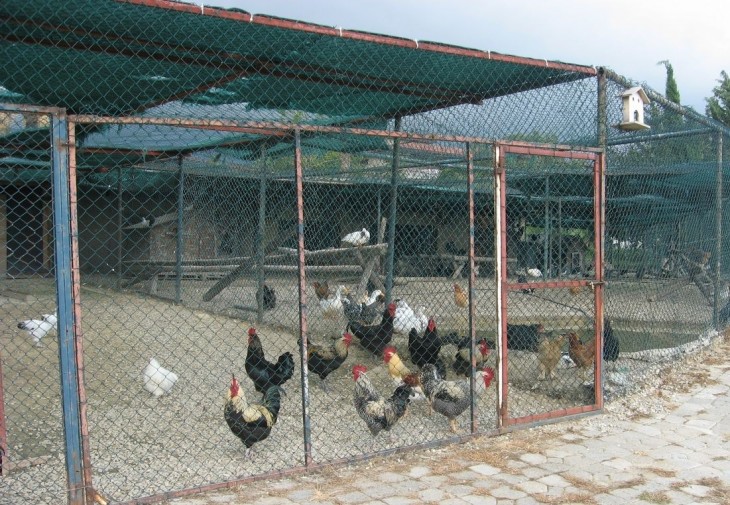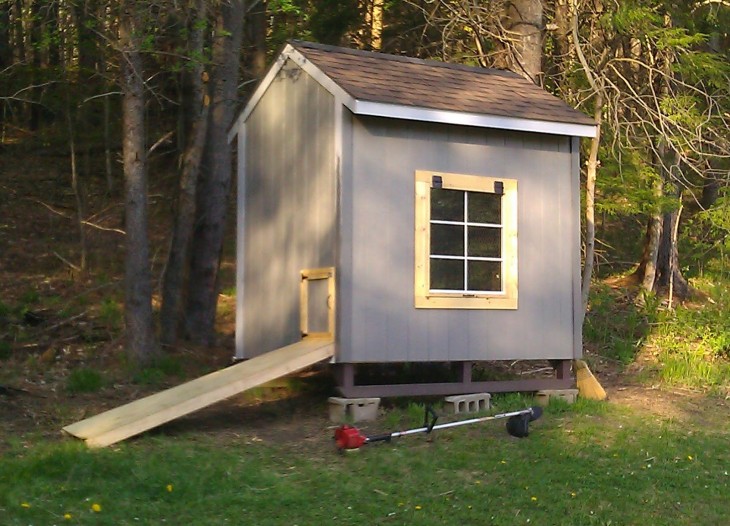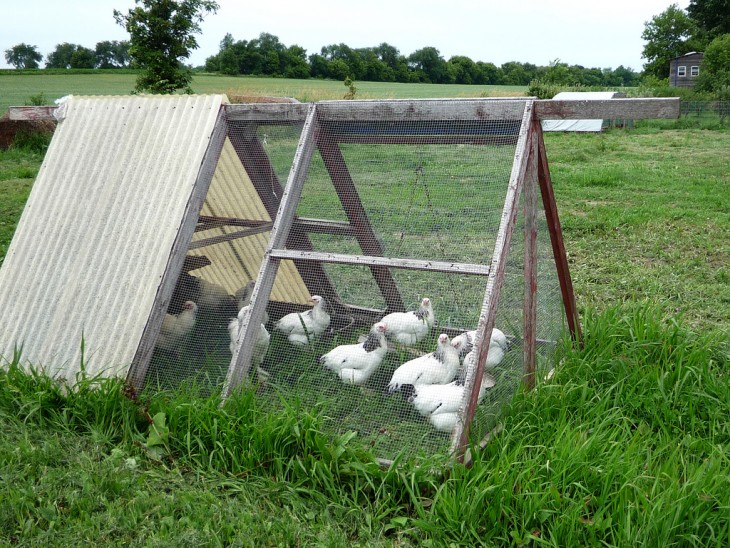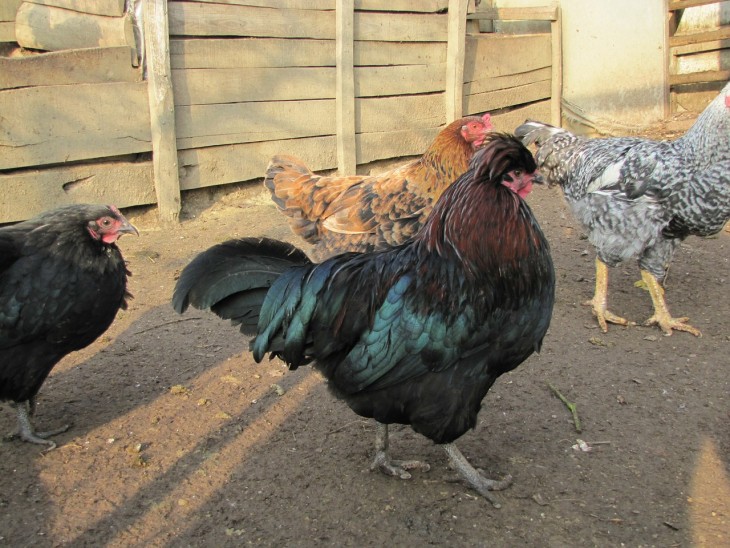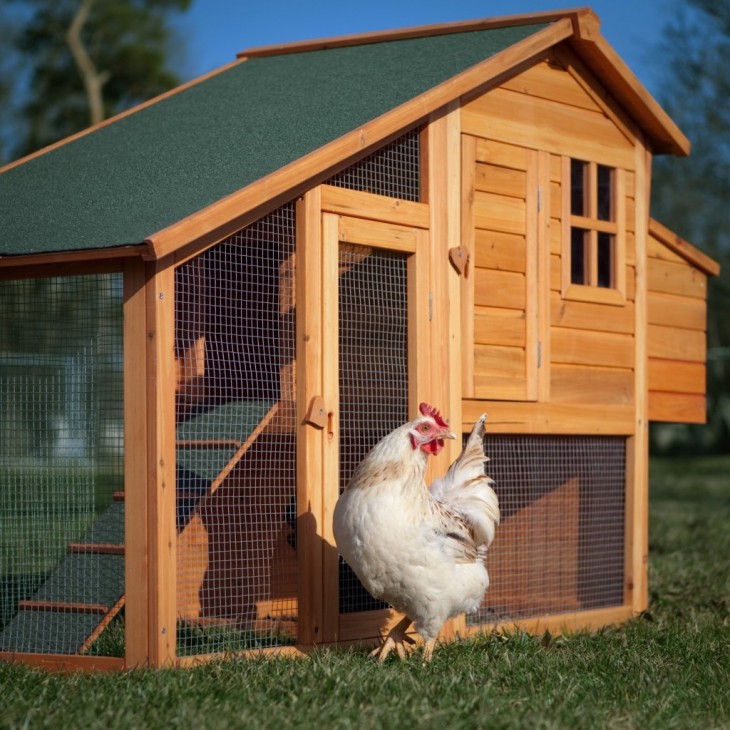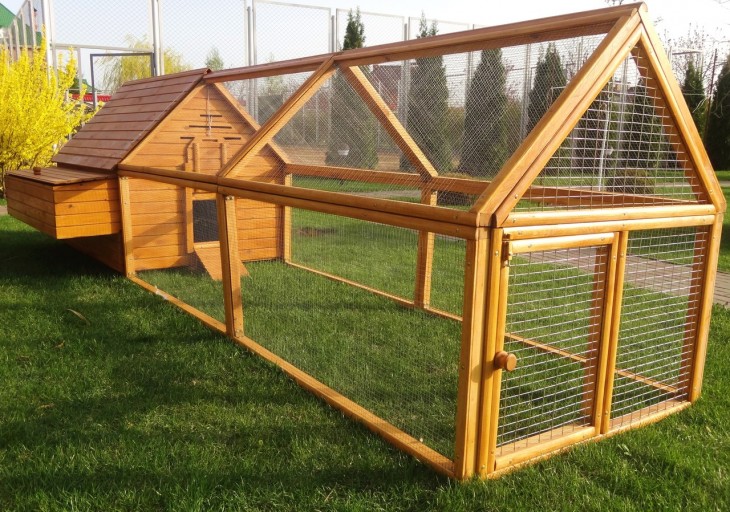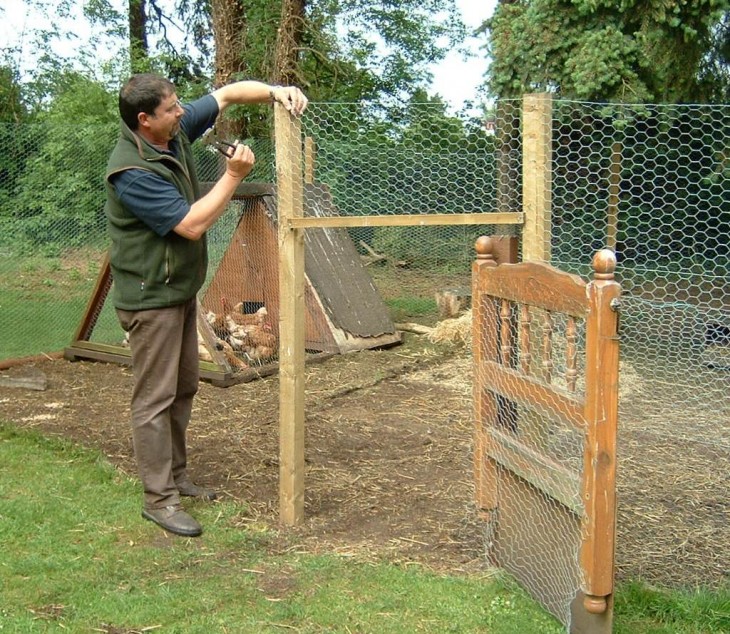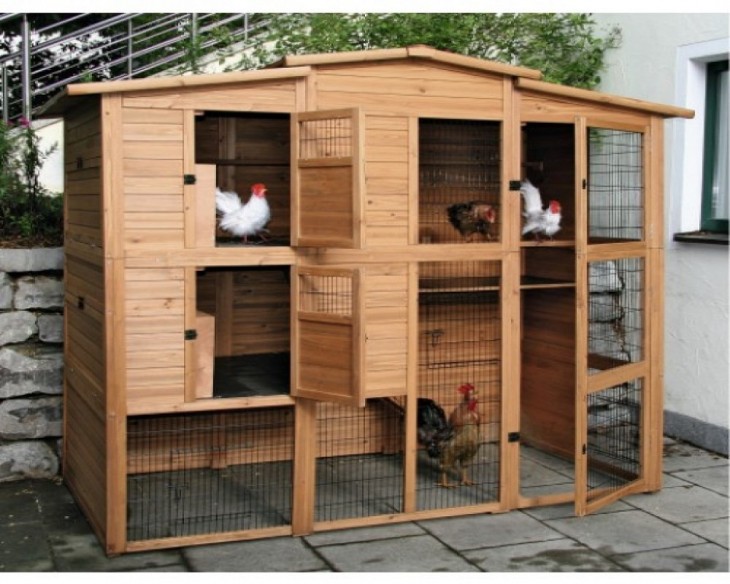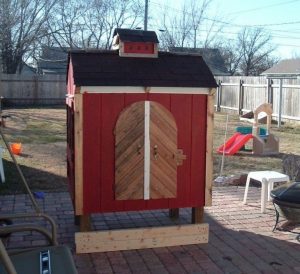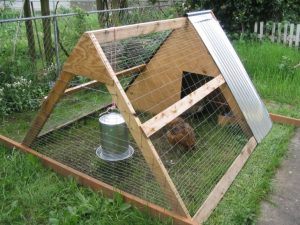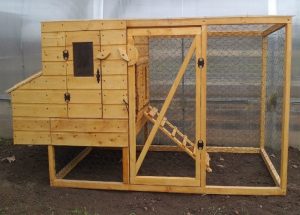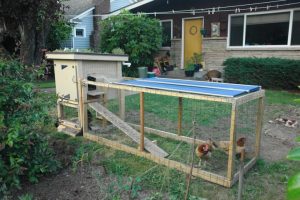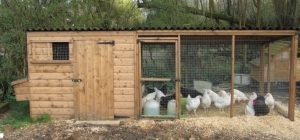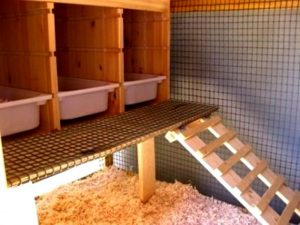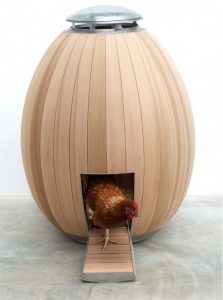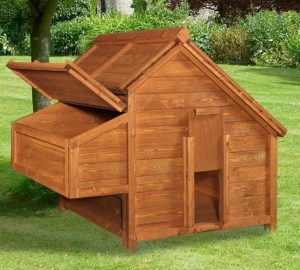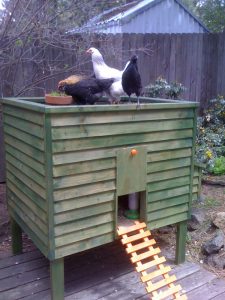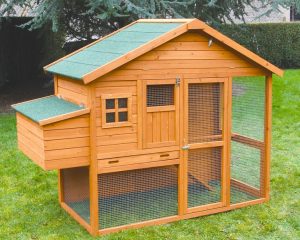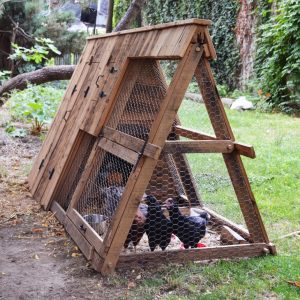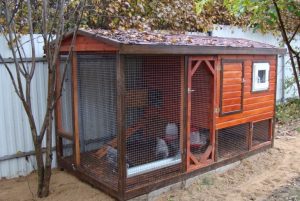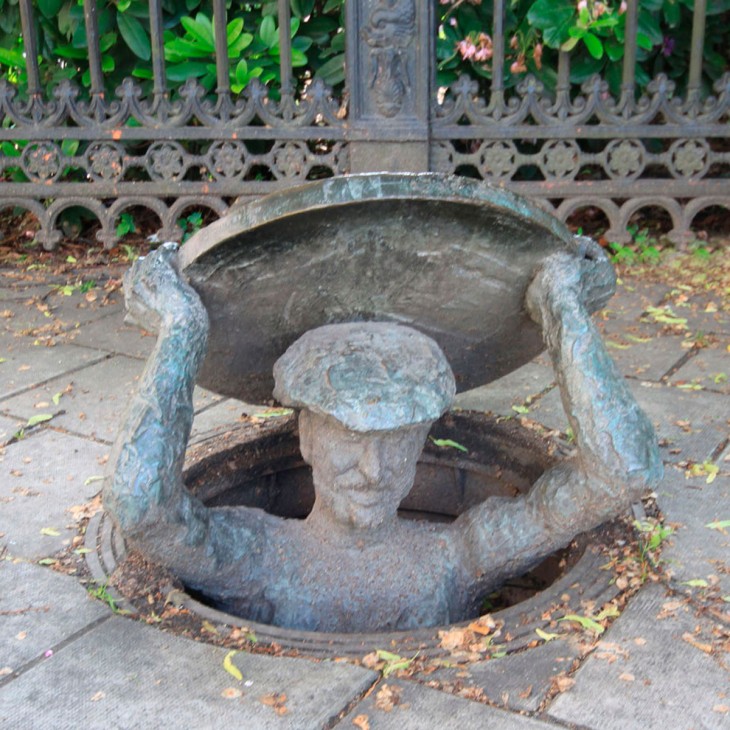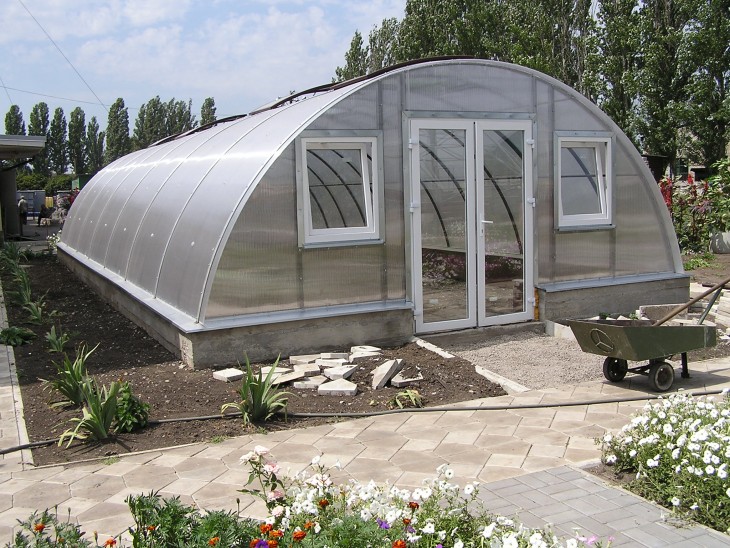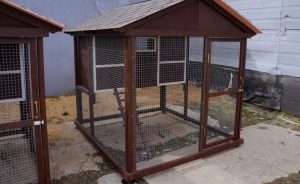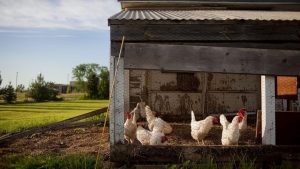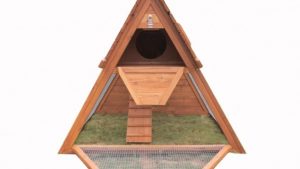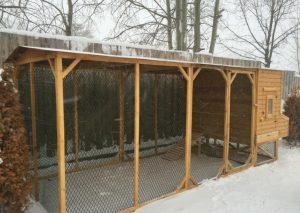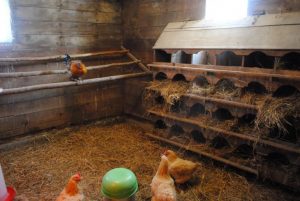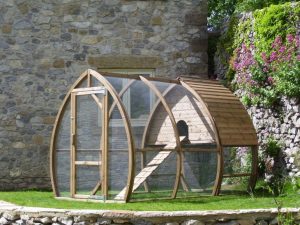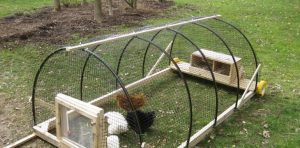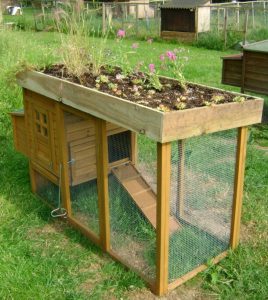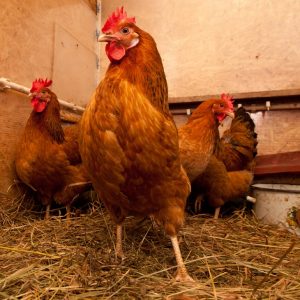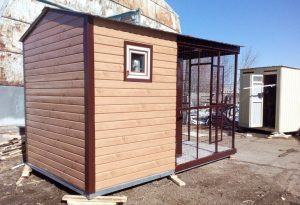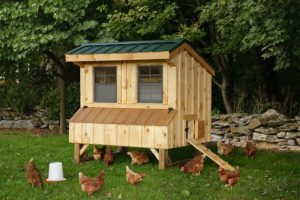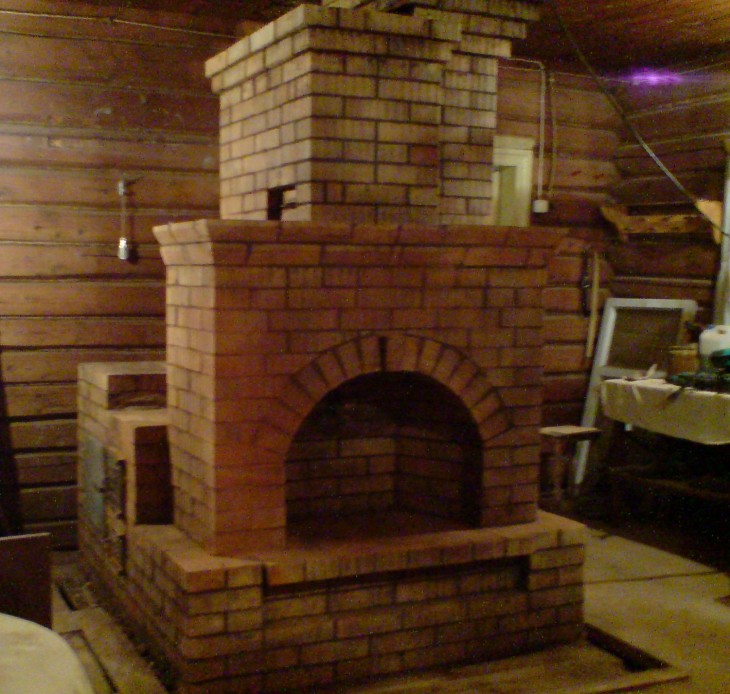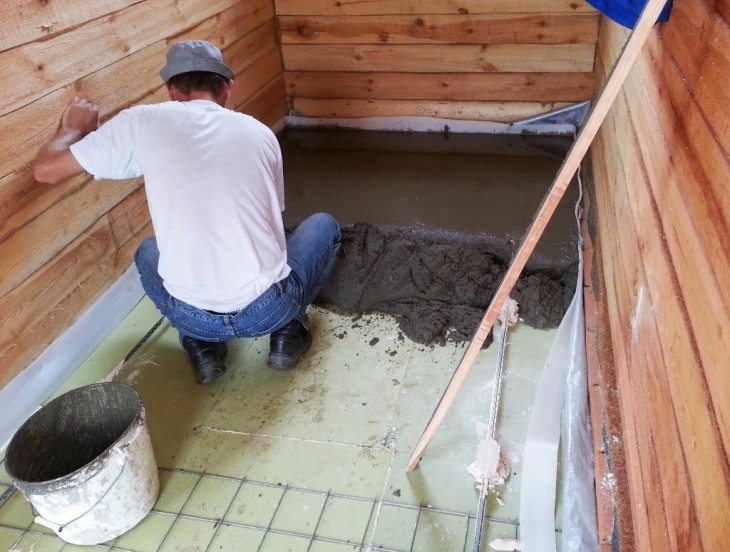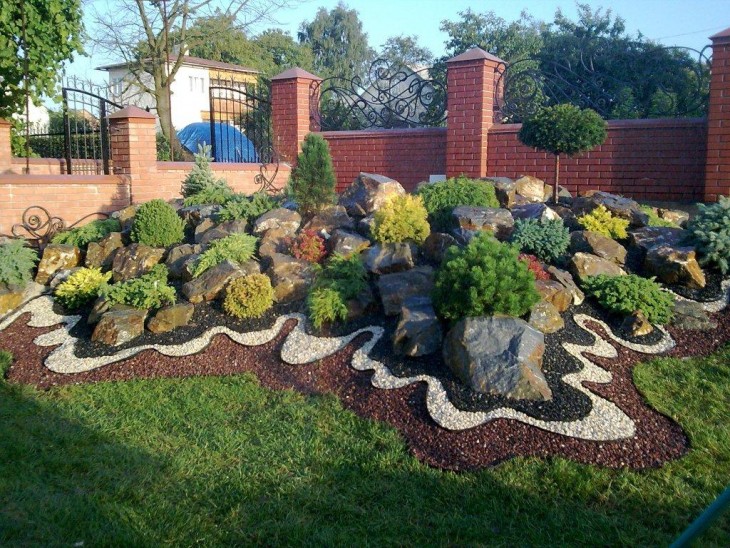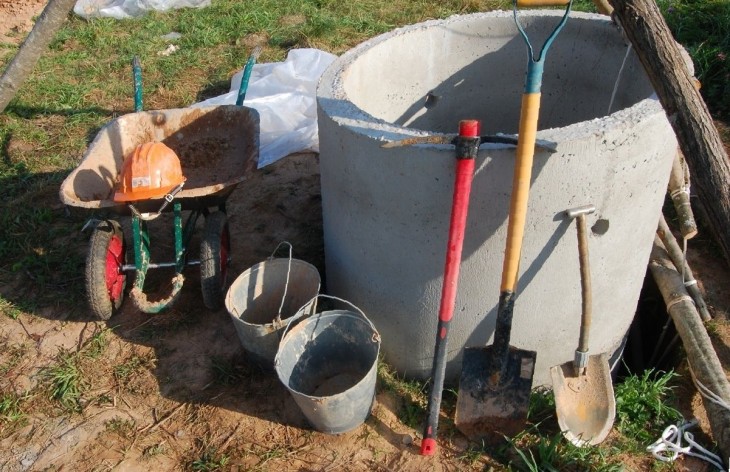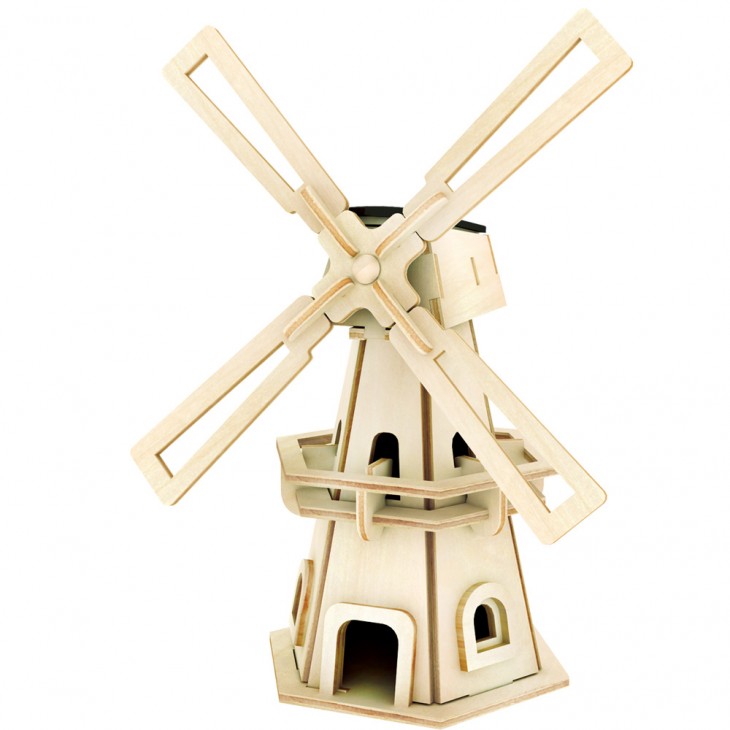If you dream of raising chickens in the country, but you are stopped by the lack of specialized premises, do not despair, it’s not at all difficult to build a convenient and functional chicken coop with your own hands.
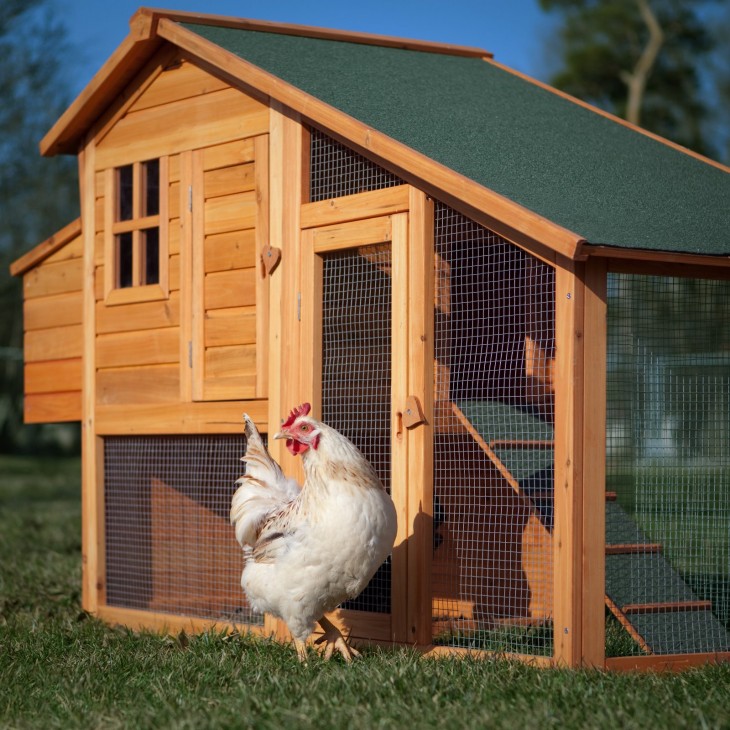
First of all, it is necessary to determine the number of chickens that will inhabit the future building.

Given this information, you can plan the size of the chicken coop, and allocate space for the building.
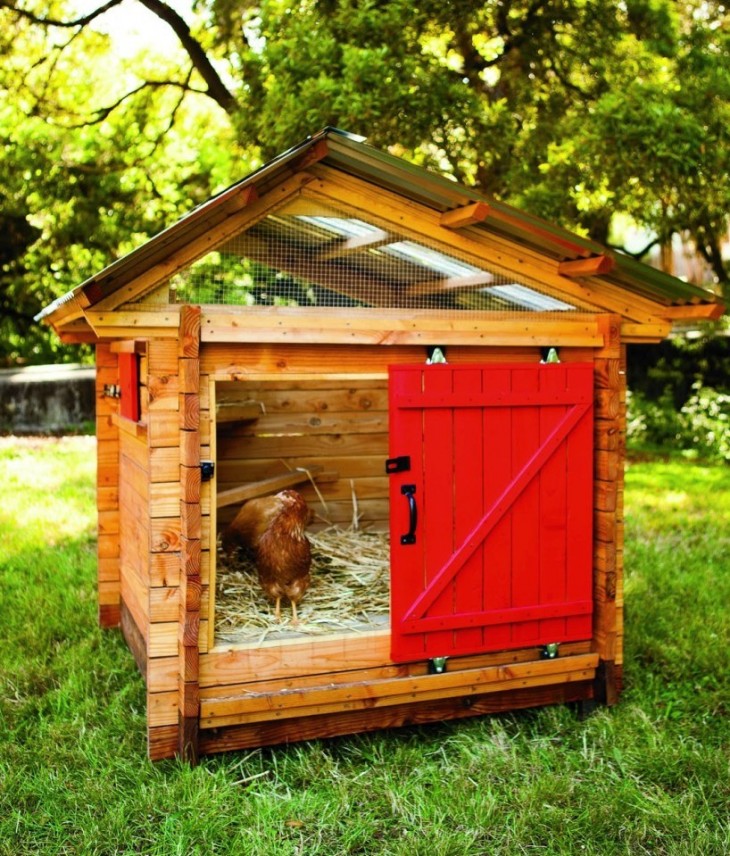
You can make a simple chicken coop from any materials at hand, naturally, having at least the most minimal building skills.
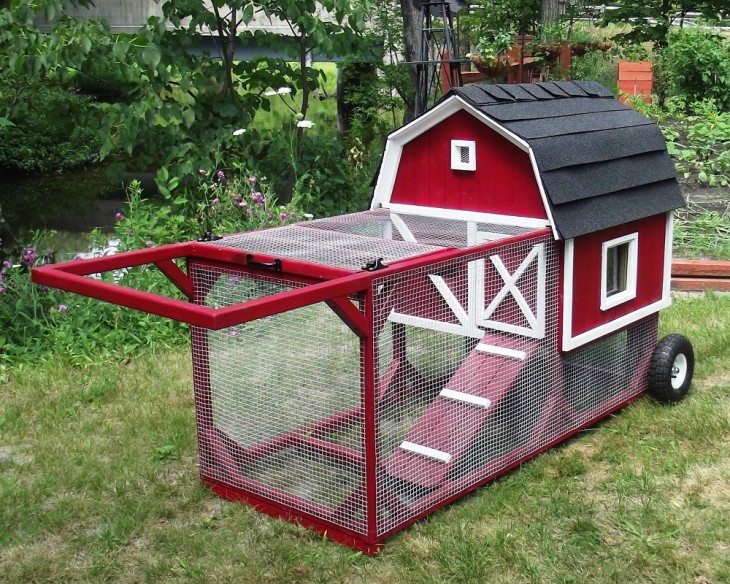
Review Content:
Building Requirements
Any specialized building must comply with the requirements for its functionality. Even at the design stage, some points should be taken into account:
- Ensuring the safety of the building from the penetration of predators. Otherwise, you can not count the number of birds or the number of eggs.
- Consider ventilating or constantly ventilating the house.
- The absence of drafts is an important requirement that will prevent all kinds of bird diseases and help maintain a comfortable temperature.
- Thermal insulation is also necessary, especially if keeping chickens is planned year-round.
- For good egg laying of chickens, the room needs lighting, which must be turned on at some time of the day.
Chicken house project
Choose a place for the chicken coop on a hill, in the lowland the house will be constantly wet, not having time to dry out from morning mists and precipitation.
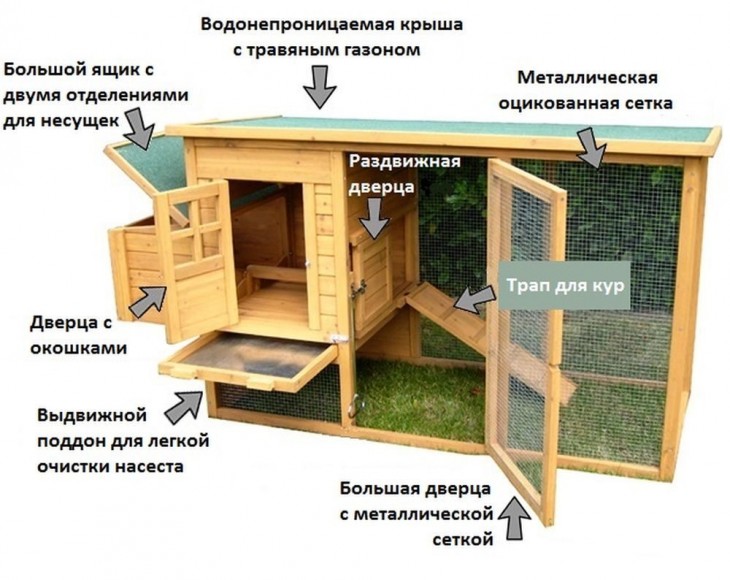
When calculating the area of the building, do not forget about the birds walking, the more laying hens walk, the better they rush. When calculating the area of the chicken coop accurately, take into account the fact that for the comfortable existence of five chickens 4 square meters are enough, and the space for walking is about 7 square meters
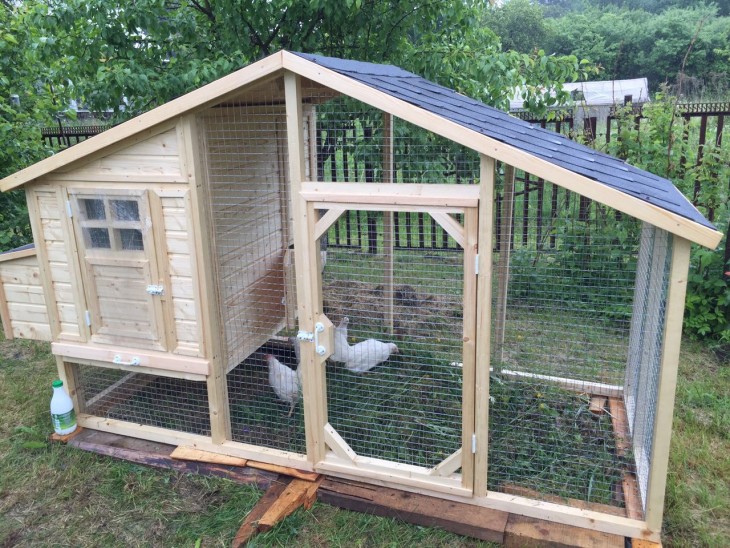
The clearing for walking the hens will be correctly located to the south. Fence with a mesh-chain-link and be sure to make a roof. It will protect not only from rain, but also from the sun.

If your site is flat, then before building make an artificial elevation of sand and gravel. To protect the chicken coop from small rodents, mix clay and broken glass and place on top of the embankment.
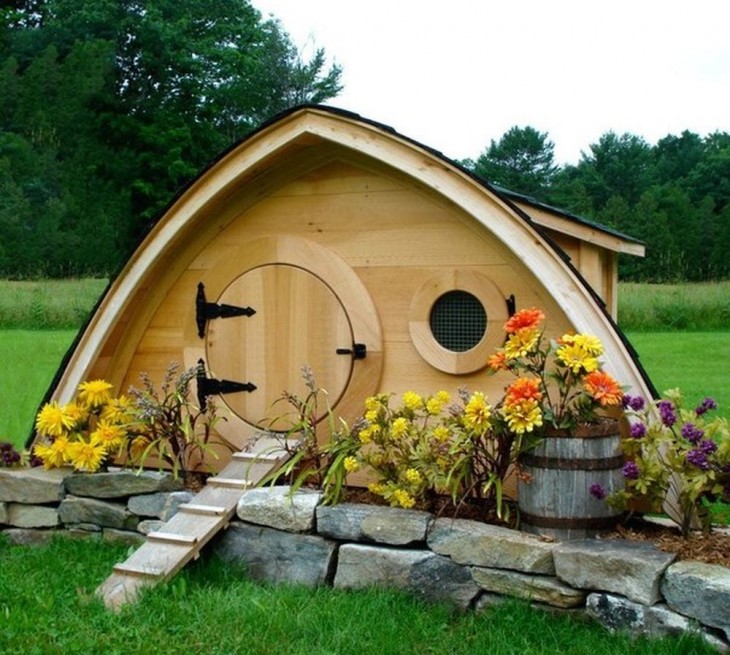
Natural lighting of the house can be achieved by making a door with glass. To provide space, the ceiling is raised to 2 m. If you attach the bird nests outside the house, you do not have to go inside to pick up the egg. You can see the drawing of such a chicken coop variant in the photo.
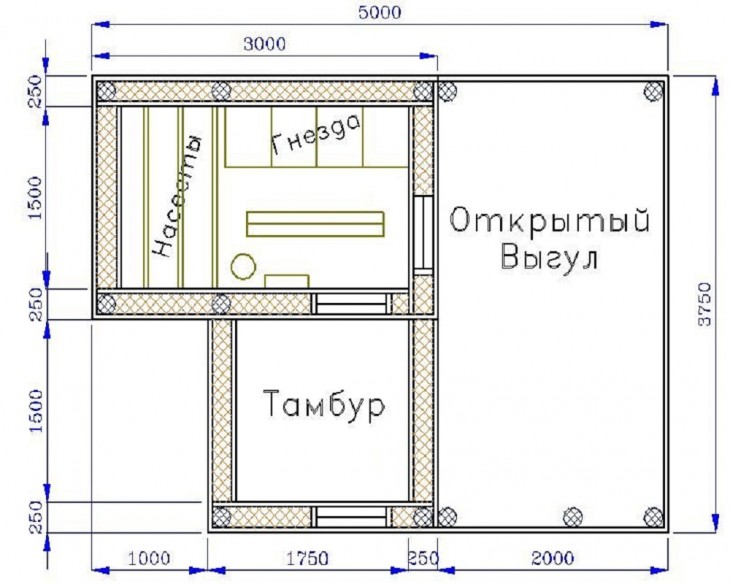
Foundation
If you are building a summer frame chicken coop, a concrete base for it is not necessary, just a slight elevation.
When building a capital structure of brick, the foundation is required. A monolithic or tape base is suitable here. In such a room, it is ideal to place a winter chicken coop.
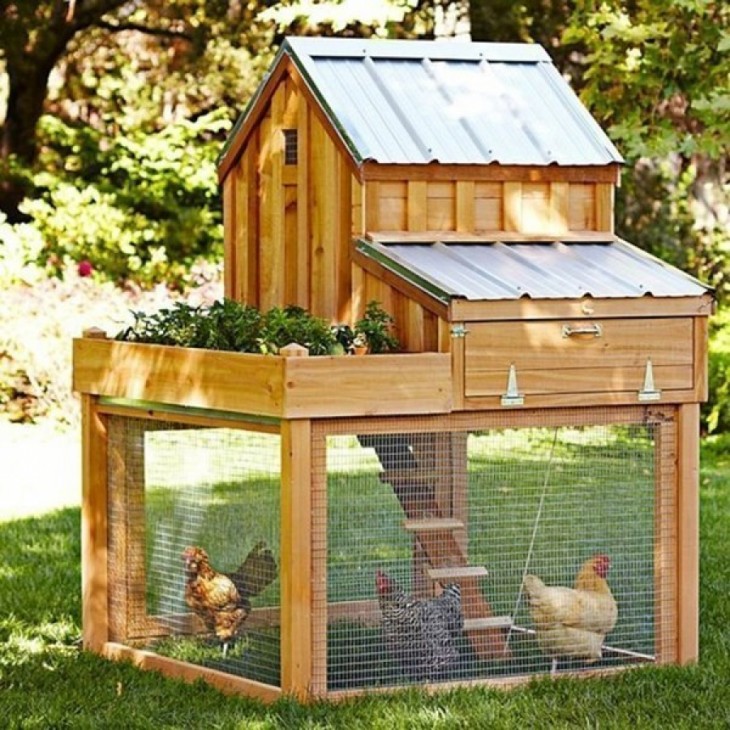
House floor
Earthen and clay floors can be done with a low strip foundation. If desired, the floors can be assembled from boards or concreted.
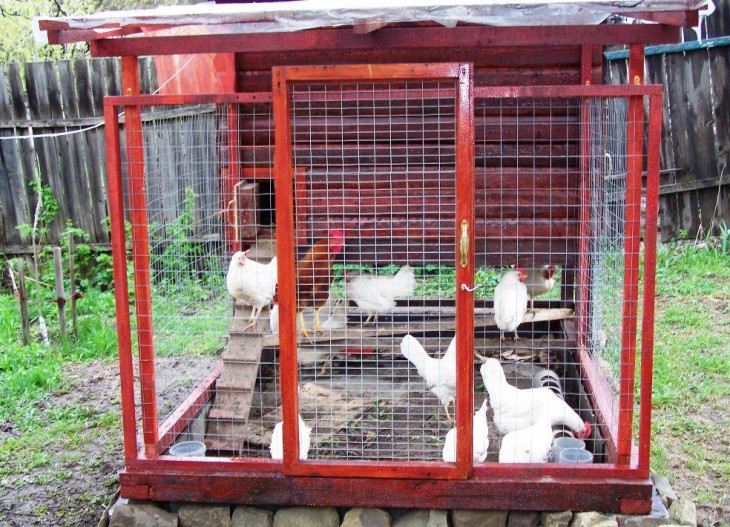
When using the room in winter, the floor must be insulated with mineral wool, which is placed between the lags, and then covered with plywood. Such floors are covered with sheets of roofing material for reliable coverage and protection of the floor from the waste products of birds.
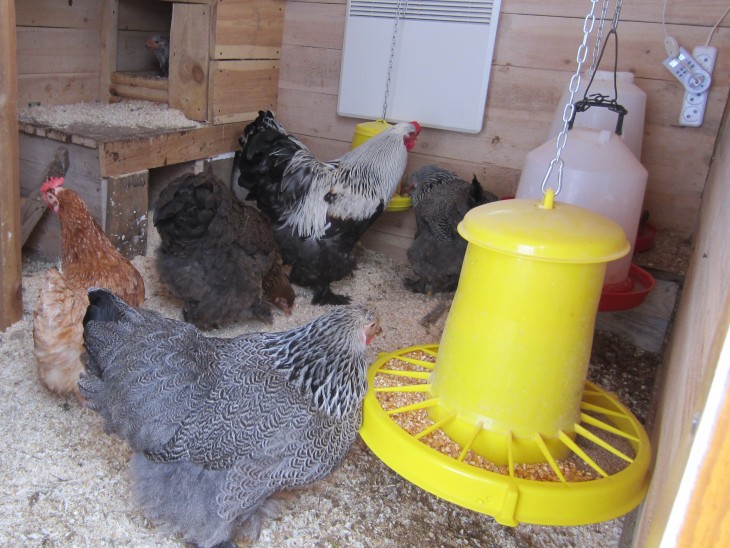
Next, it is best to put sawdust on the floor, use straw or hay with caution, because they dry out poorly, and the process of decay begins, which adversely affects the health of the bird.

Sand is also good for dusting the floor.
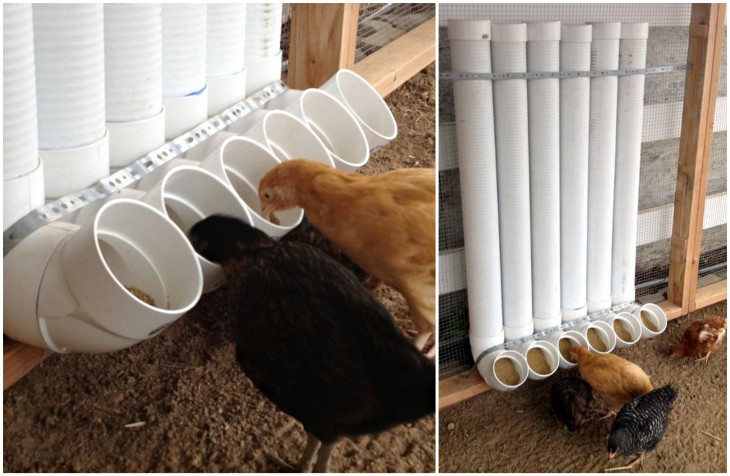
Note!
Wall construction
Most often, the walls of the chicken coop are built of wood, as a rule, this is a frame structure lined with lining. They are insulated with mineral wool or polystyrene; on the outside, before the sheathing, the structure is closed with a vapor barrier material.
A brick structure requires good heating in the winter, which will lead to costs, and the construction of such a chicken coop will be more complicated and expensive.
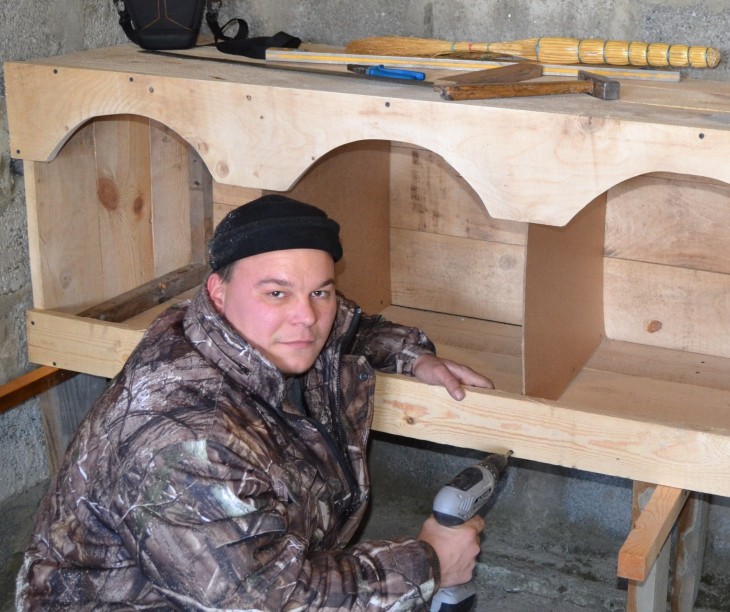
Walls of any materials must be decontaminated before use, this can be done with ordinary lime.
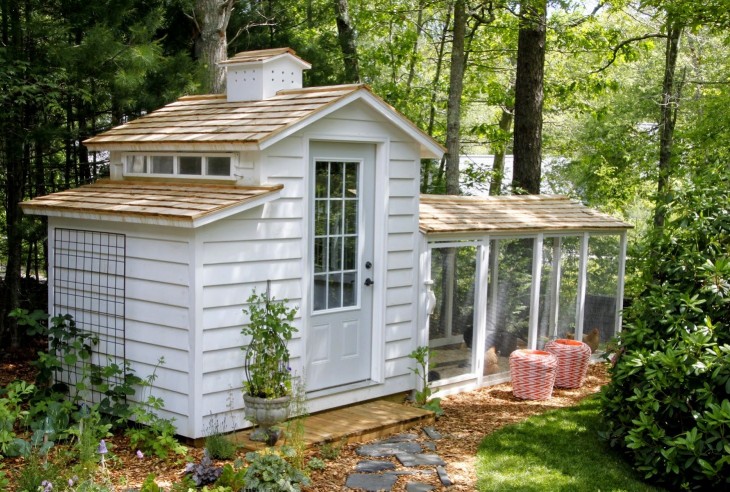
Coop Roof
When building a chicken coop in the country, it is better to make a gable roof. This technique will help to allocate space for roof insulation.
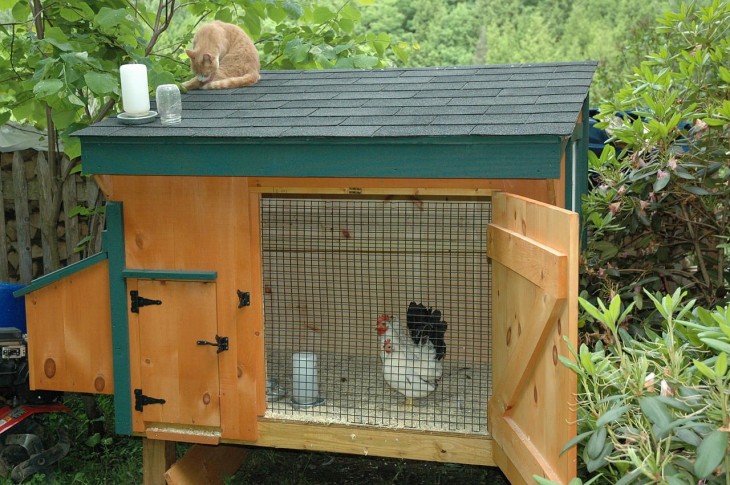
If the chicken coop is modest in size, you can do without an attic and lay the insulation directly under the roofing material. Coops are covered with slate, metal tiles, and professional flooring.
Room ventilation
Good ventilation is important for bird health, especially in the summer. The ventilation system in the chicken coop may consist of several openings on opposite walls with gate valves.

Note!
Gate valves will help to control and regulate the flow of cold air, which is especially important in the winter.
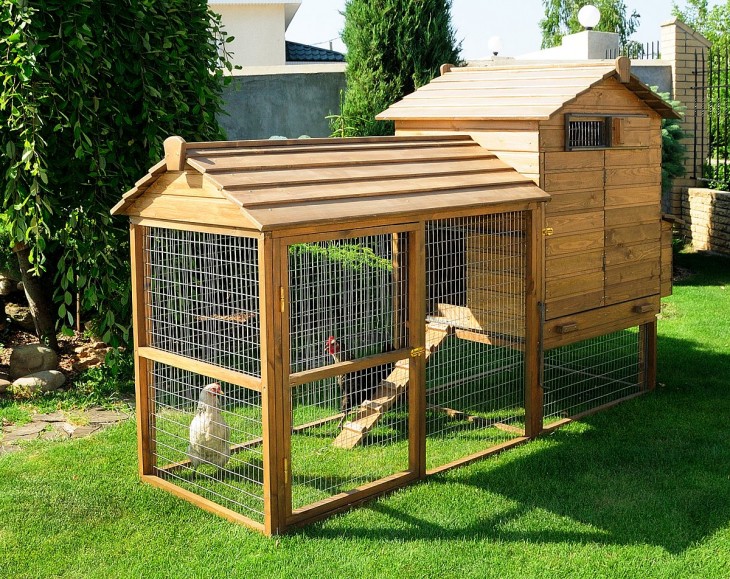
The interior of the chicken coop
The most important and main interior item of the chicken coop is perches, they are wooden rounded poles, length from wall to wall of the chicken coop. It is on roosts that hens spend most of their lives.
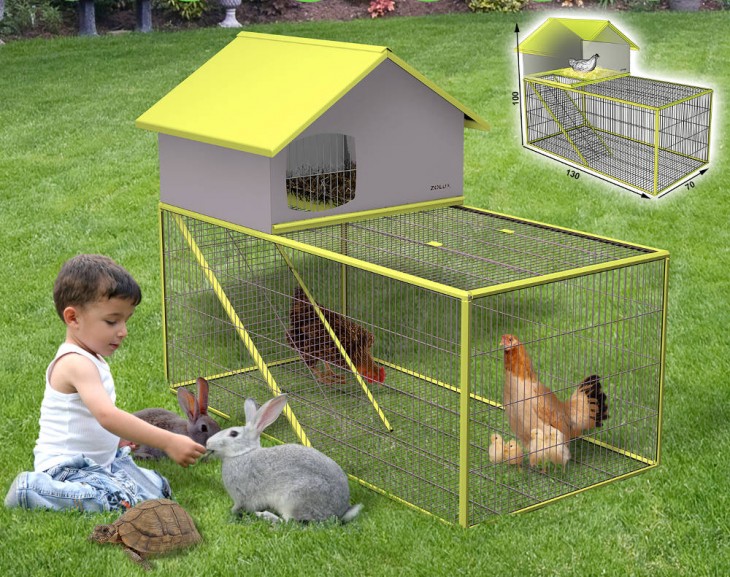
They need to be fixed at a distance of 50 cm from the floor and 25 cm from the wall and 35 cm between each other. For each resident of the house relies 25 cm. Poles. So we look forward to 10 hens in the chicken coop, we will have to place perches on 2.5 m.
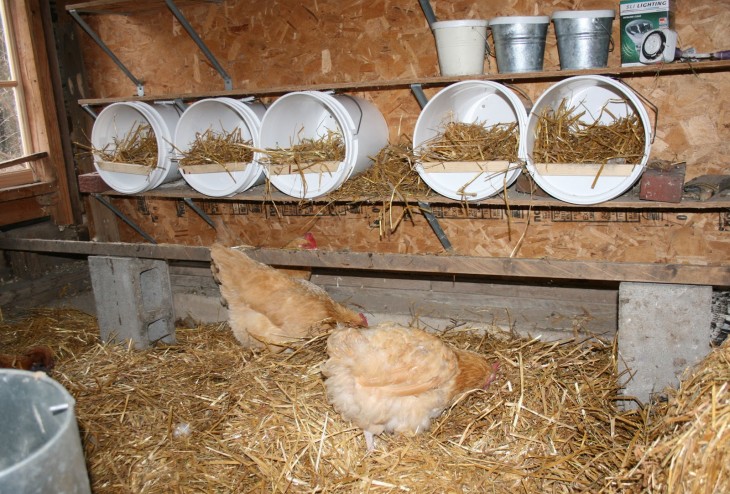
If laying hens live in the chicken coop, then nests will be the second important piece of furniture. It is necessary to build at the rate of 5 layers per one nest. Having built a chicken coop for 20 hens, you will have to place about 4 nests.
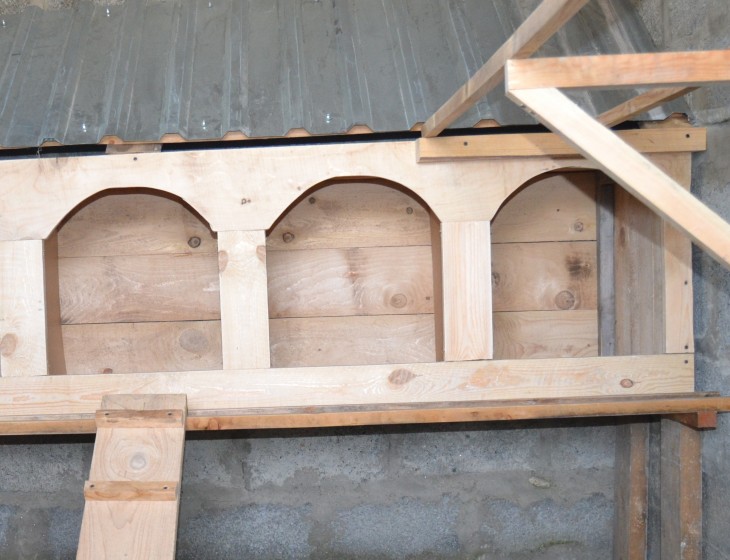
It is best to place them in the dark corners of the chicken coop, having previously well insulated with sawdust.
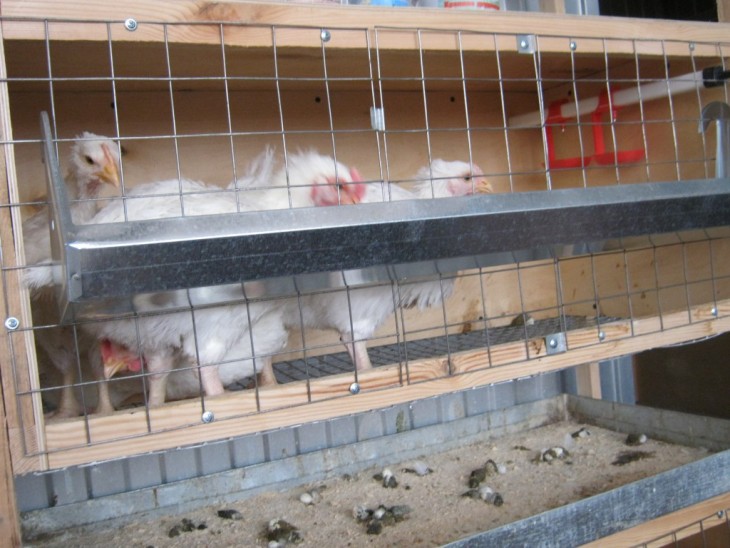
The dimensions of the laying box are 30cmx30cm wide and 40 cm high. From the floor, the nests are raised 50 cm.
Note!
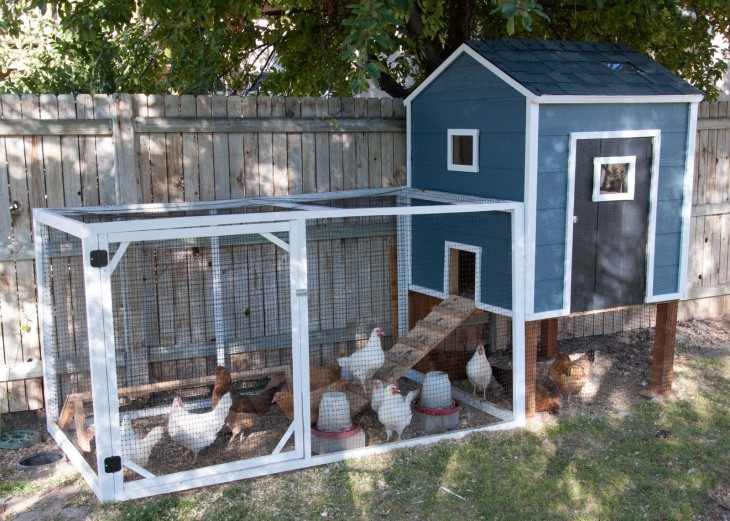
Lighting
An important condition for the normal functioning of the chicken is lighting. In dark rooms, the bird becomes inactive, its egg production decreases.

An opening window is mandatory in the chicken coop, which will provide not only sunlight, but also additional ventilation.
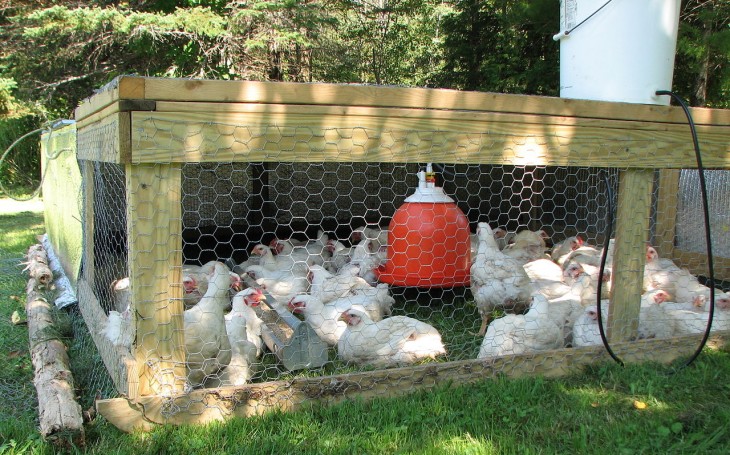
Light hens must be provided up to 18 hours a day. In winter, you can not do without artificial lighting.
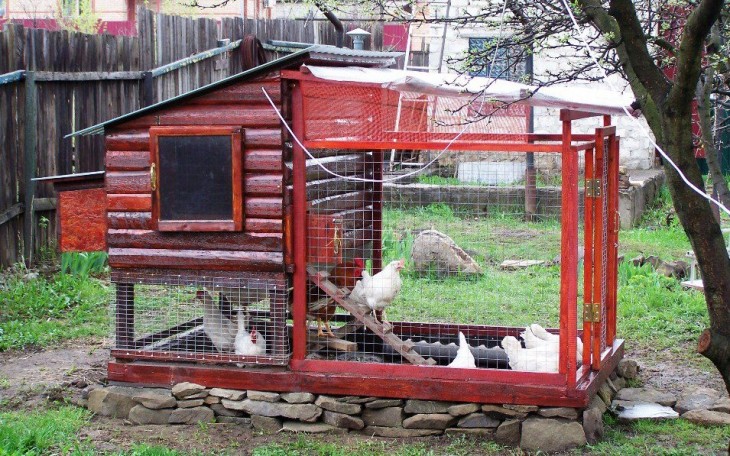
Chicken coop heating
In winter, the chicken coop needs to be warmed up to a temperature of at least 10 degrees during the day and 15 at night. It is important to control the level of humidity in the winter, increased humidity will lead to illness and further death of birds.
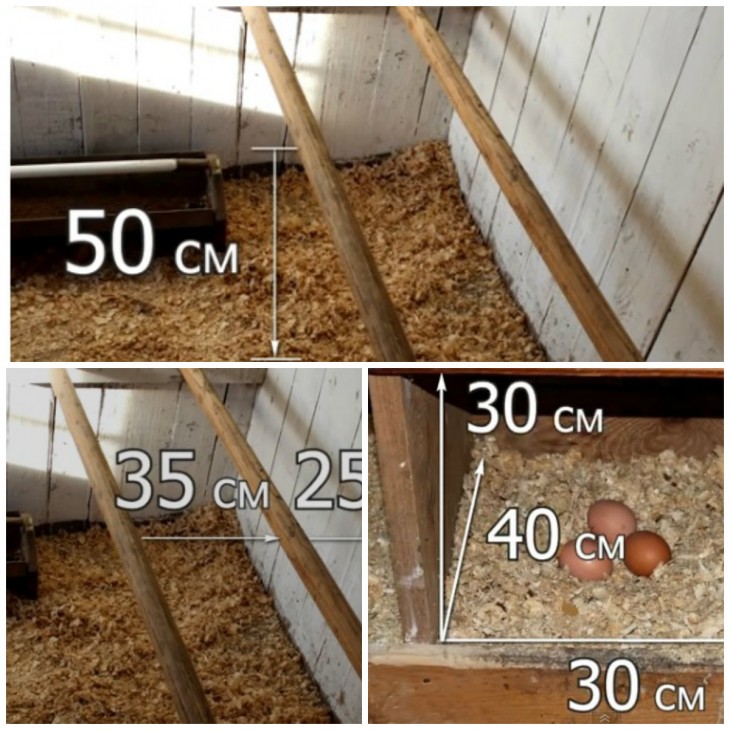
Experienced farmers recommend heating chicken coops with electric convectors; they provide air circulation and create a microclimate comfortable for hens.

In our selection of photos of chicken coops, you can choose the best option for yourself.
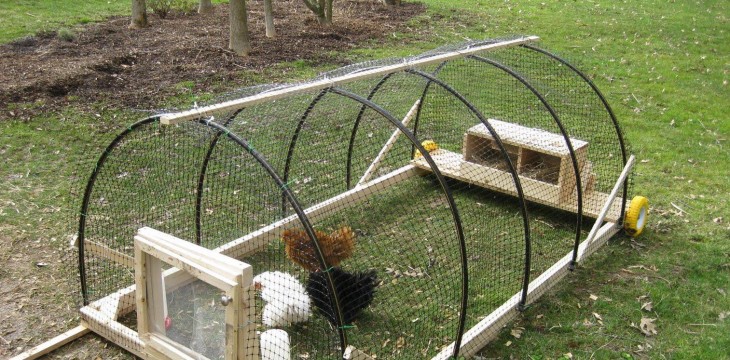
DIY chicken house photo
